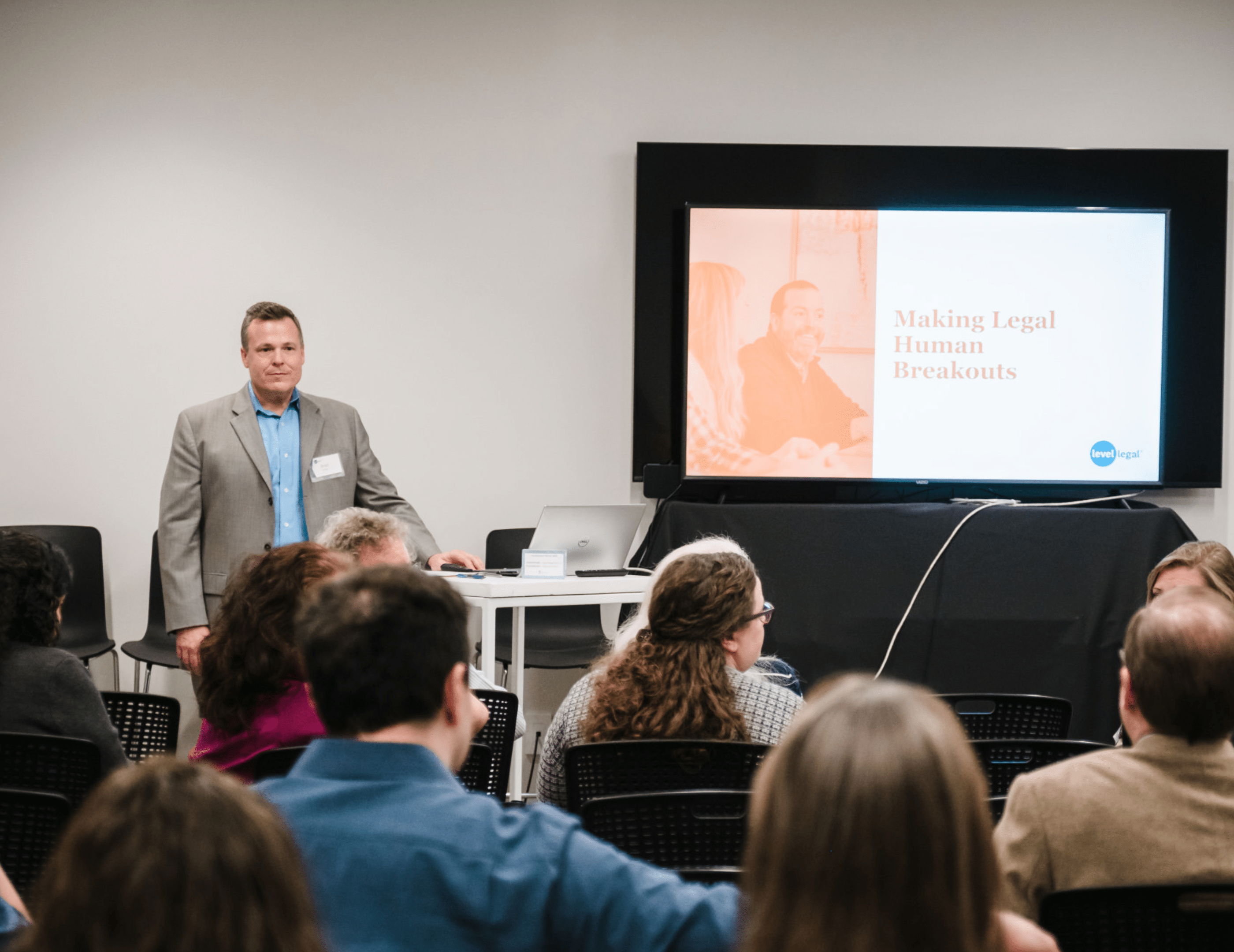
What factors contribute to organizations making a monumental shift, while others just seem to rearrange deck chairs? At Level Legal, we learn best by listening to our customers and conducting a formal after-action review (AAR).
Change and perfecting. Is your company the best it can be? Do you ever stop growing or learning?
What factors contribute to organizations making a monumental shift, while others just seem to rearrange deck chairs?
At Level Legal, we embrace change. We are excellent at providing services, but we always strive to get better. We look hard at where the legal services market is going and think carefully about where it could be going. How do we do this? By listening and learning to understand what we did well and where there is room for improvement. Feedback.
The biggest way we learn is by listening to our clients and conducting a formal after-action review (AAR). The framework comes from the military, where there is an intense focus on training and perfecting. An AAR is rigorously structured, and it ends up having more of an impact, in part because of that structure. When you conduct a formal AAR, it’s a lot harder for the client to avoid providing honest feedback instead of taking the time and energy to tell you what you could have done better.
An AAR can be structured in whatever way works best for your organization. Here at Level Legal, our AARs consist of five basic parts: project summary, key metrics, planning, performance, and perfecting. The summary identifies the primary challenges of a project and the solutions applied. Key metrics may include things like the time frame of the project, data volumes, and the number of custodians and reviewers.
A recent AAR we put together also included a description of workflow streams that ran simultaneously throughout the project based on the three P method taught by race car enthusiast and lawyer, Jeff Carr. The planning section describes some of the major issues that were discussed with the client at the outset of the project and the rationales for those early decisions. The performance section reviews outcomes in key areas, and the perfecting section identifies project components that we may have approached differently had we known what lay ahead.
As you can probably guess by now, the focus of an AAR is not just on performance (what you did well, what could have gone better), but on perfecting. What is the ideal state? What does that look like? What are the steps we can take next time to get there? What other strategies or tactics can make the process smoother, better, and more efficient?
It may surprise you to learn that having this conversation with the client often ends up being fun rather than a chore. It certainly beats one-way feedback that consists entirely of criticism. You learn more, and that’s the point. If you do the AAR right, you create dialogue and you build trust with the client. Most importantly, you get better.
Looking to partner with Level Legal? Contact us today.


